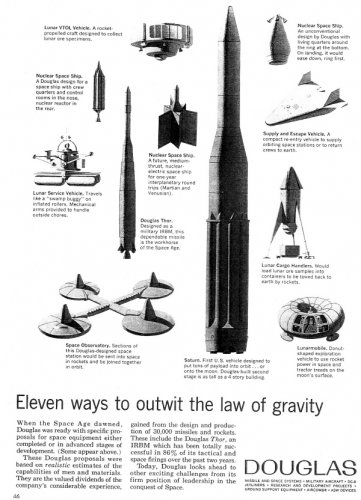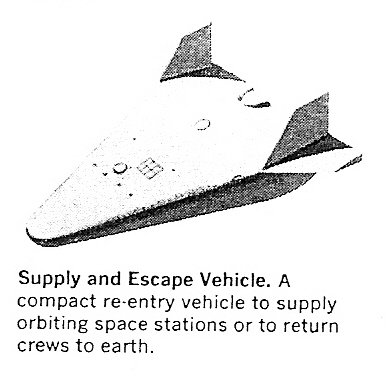You are using an out of date browser. It may not display this or other websites correctly.
You should upgrade or use an alternative browser.
You should upgrade or use an alternative browser.
Douglas supply and escape vehicle
- Thread starter Barrington Bond
- Start date
I recently added this Douglas Aircraft wind tunnel model to my collection of wind tunnel models. The model is what I believe to be a Douglas Astro delta-wing spacecraft (lifting body) dating back to the late 1950's to the early 1960's. The wtm is made of solid Mahogany with a phenolic canopy and has a wingspan of 17.75 inches (fin to fin), fuselage length of 18.5 inches and weighs 11.25 pounds.
Attachments
-
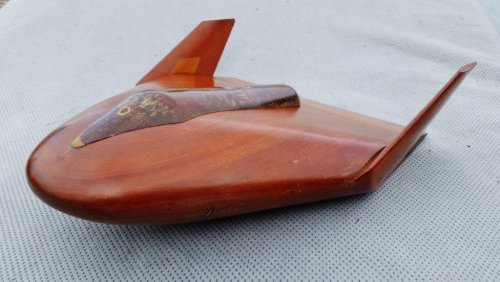 20141114_083705 (6).jpg99.7 KB · Views: 108
20141114_083705 (6).jpg99.7 KB · Views: 108 -
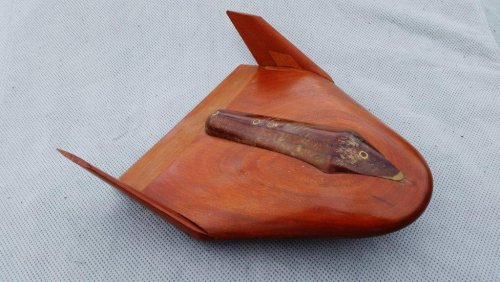 20141114_083720 (6) (2).jpg133.1 KB · Views: 80
20141114_083720 (6) (2).jpg133.1 KB · Views: 80 -
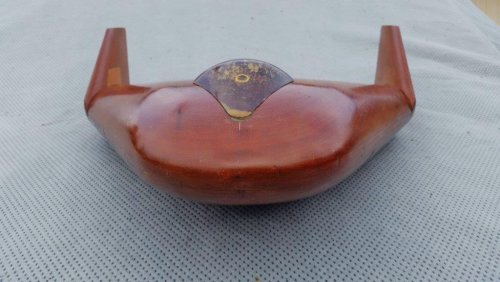 20141114_083729 (6).jpg82.9 KB · Views: 70
20141114_083729 (6).jpg82.9 KB · Views: 70 -
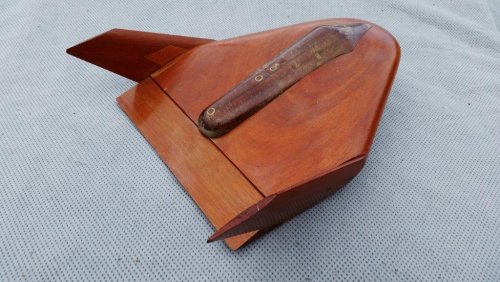 20141114_083736 (6).jpg130.2 KB · Views: 75
20141114_083736 (6).jpg130.2 KB · Views: 75 -
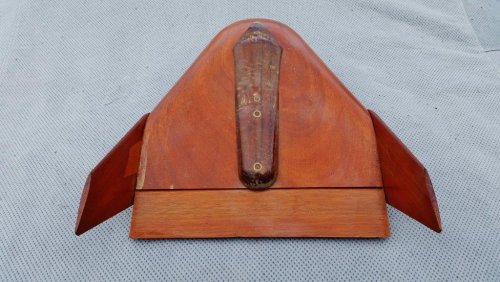 20141114_083744 (6).jpg130.2 KB · Views: 78
20141114_083744 (6).jpg130.2 KB · Views: 78 -
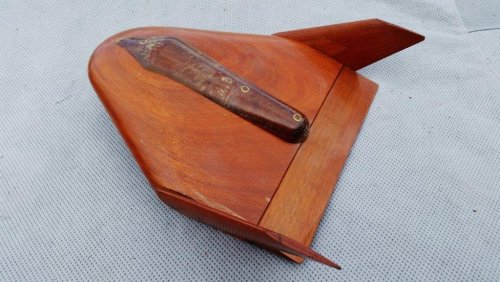 20141114_083751 (6).jpg133.4 KB · Views: 79
20141114_083751 (6).jpg133.4 KB · Views: 79 -
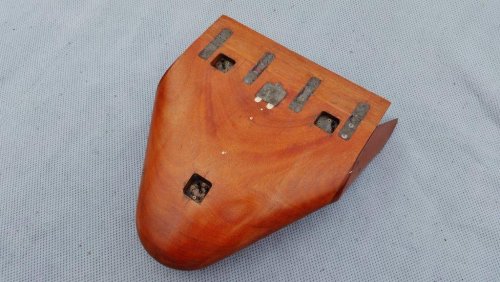 20141114_083806 (6).jpg135.9 KB · Views: 86
20141114_083806 (6).jpg135.9 KB · Views: 86
Last edited by a moderator:
- Joined
- 27 December 2005
- Messages
- 17,778
- Reaction score
- 26,616
Cool!
Any other interesting models in your collection?
Any other interesting models in your collection?
I have about 60 wind tunnel models in my collection ranging from a 1928 Vought biplane (my oldest), 1940's Lockheed Ventura, 1936 Curtiss Shrike, 1940's Beechcraft Grizzly, 1942 Pratt-read training glider, X-24B, 1950's / 1960's X-20 Dyna-Soar, 1972 Convair Tri-mese, 1980's McDonnell Douglas NASP, early 1970's North American Aviation B-1, SST models, plus numerous other aircraft, drop tanks, missiles, bombs, jet engine nacelles, and ramjet center bodies.
cfiav8tor said:The model is what I believe to be a Douglas Astro delta-wing spacecraft (lifting body)
I've seen art & drawings of that. It was a small logistics or Apollo-style spaceplane, not a large vehicle like Astro.

